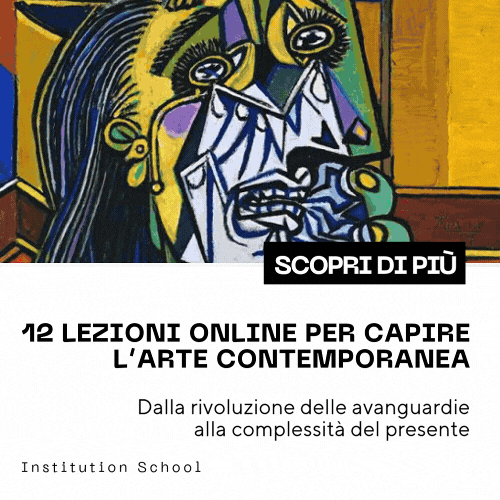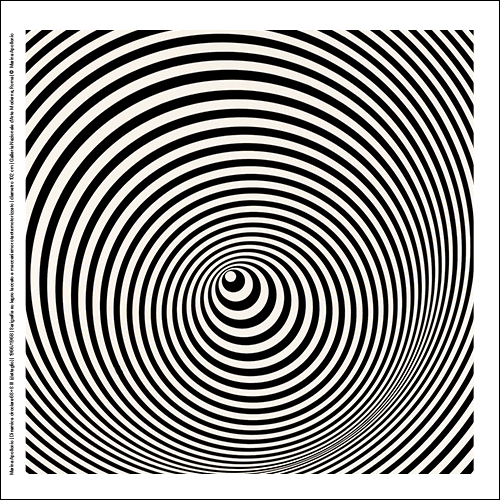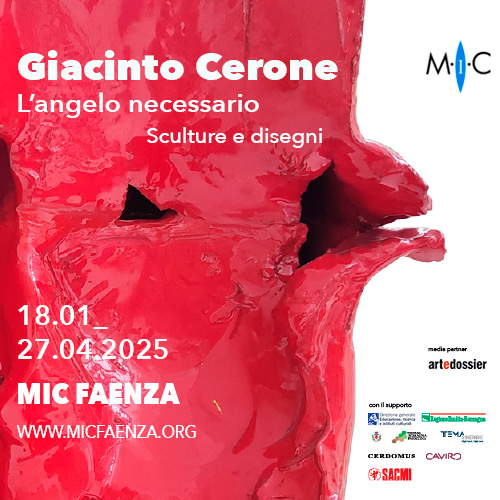Sicily, a feat is attempted: bringing home the splendid Last Judgment
“... Item I want [...] to be made a beautiful and clean chapel with entailments of the alabaster that is in that territory of mine where in the altar I want my ancient and precious painting of the Last Judgment [...] with such caution and precautions that time will not batter and destruct it that for this effect and not to put it elsewhere I leave it to the said convent of Capuchin Fathers with the express condition that the said fathers may never for any cause or necessity for urgent that it may be nor by any order from their superiors or otherwise levare nor alienate it, that this is my will and not otherwise nor in any other way” (Palermo State Archives, Trabia fund, notary Leonardo Miceli, Testament of Giuseppe Branciforti, Palermo June 4, 1698).
This is how Giuseppe Branciforti, second prince of Leonforte, expressed himself in his will in 1698 regarding the prestigious Triptych of the Last Judgment that will be auctioned in Balerna, Switzerland, on April 27. Regarding this, the Mente Pubblica association has activated a fundraiser necessary to bring the Last Judgment Triptych back to Italy, and especially to the city of Leonforte, its rightful owner. For more information regarding the collection please refer to the association’s Facebook page: Mente Pubblica Think Tank.
The painting in question, which comprises three panels painted on wood with tempera colors and a gold background, is a very faithful version of Beato Angelico ’s Berlin triptych preserved at the Gemäldegalerie in Berlin. Its history is quite long and full of many events, we want to report here the most significant stages.
The work is first attested in 1624 among the possessions of the Sicilian nobleman Fabrizio Branciforti and was probably previously owned by Urban VIII. The panel was later passed on to Nicolò Placido Branciforti, founder and prince of Leonforte, who had married Caterina, daughter of Fabrizio, who in turn gave it in 1628 to his son Giuseppe Branciforti, second prince of Leonforte, who placed it permanently in the Convent of the Capuchin Fathers of Leonforte. Here it remained for almost three hundred years until 1907 when the heirs of Count Giovan Calogero Li Destri, who in 1852 had bought from the Branciforti family all the existing property in Leonforte, took it from the church to appropriate it despite the opposition of the friars and the Leonforte community. Hence began the long and troubled controversy between the Li Destri heirs, who wanted to sell it, and the Leonforte friars who claimed ownership and hoped for the return of the triptych to the friary. On April 2, 1910, the Superintendence for Monuments of the Province of Catania and Syracuse had the Li Destri heirs notified that the valuable painting, which had been received from the Capuchin church and subsequently transferred to the Li Destri palace in Leonforte, was of particularly important artistic interest and therefore remained bound and subject to the provisions of the law then in force. A constraint that was lifted in 1975 by the Palermo superintendency, which classified the work as a 19th-century copy of the Berlin triptych.
Freed from the constraint in 1987, the panel was auctioned by Christie’ s in Rome but was blocked as a precautionary measure by the Rome Carabinieri department following a complaint by the friars who claimed ownership. The friars were unsuccessful, in fact the following year the triptych was auctioned again. Given the stubbornness of the Li Destri, pending proceedings, which were never initiated, to establish once again and definitively the title of ownership of the painting, the Assessore ai Beni Culturali of Sicily assured the Capuchin friars that the Region would issue through the relevant Superintendency a decree of pre-emption for the triptych, and would once again order its precautionary seizure in case it was necessary. Therefore, the Li Destri heirs, strongly urged by public agencies, considered the City of Leonforte as a possible buyer of the painting, imposing, however, conditions such that the municipality could not commit to the proposed sale deadlines and terms. The Li Destri were unwilling to change the conditions and the sale was not made. In 1990 the Last Judgment triptych was sold privately to a Roman collector who in 2011 contacted the mayor of Leonforte and invited him to Rome to view the triptych. Thus a delegation from Leonforte consisting of the mayor and some Leonforte historians was able to admire the precious panel painting, the traces of which had been lost since 1988.





It is fitting here to devote a few lines also to thelong-standing debate about the attribution of the same work, which, to date, has not been found in any documents. As early as the nineteenth century, some scholars had already expressed their views on whether or not Beato Angelico was the painter. Among them the art scholar Giovanni Battista Cavalcaselle, one of the greatest of the nineteenth century, for example, wrote: “A final judgment we have seen in the church of the Capuchins at Leonforte in Sicily was given to you by the Branciforti Trabia family. The composition seems to be the same as that of the picture in the Dudley Gallery; but for having suffered much restoration and having been repainted in oil, for the short time given us of examination, and for the not good light had in examining it, we cannot say with certainty whether it is an original work or an old copy, altered by repainting” (Cavalcaselle - Crowe 1864). Also aligning themselves with Cavalcaselle’s doubtful position are Douglas, Wurm and Van Marle. As a work by Angelico it is mentioned by Müntz, just as favorable opinion was expressed by art historians Giovanni Morelli and Gustavo Frizzoni. As a copy of the Berlin Judgment the Leonforte triptych is mentioned by Pope-Hennessy and more recently by Strehlke and Palladino. When the painting was on display in 1912 inside the National Gallery of Ancient Art in Palazzo Corsini in Rome, Bernard Berenson, who came to see it, declared it to be by Angelico’s disciples. In the same context, Corrado Ricci, an archaeologist and art historian, and Rossi, the then director of the Bargello Museum, were instead of the opinion that the painting was a work by Angelico. At the auction, Christie’s published the painting as being by an unknown author and dating from the 16th-17th centuries. From the diagnostic investigations recently commissioned, coordinated by Elvira De Gregori, it appears that the work is creative in nature, dating back to the 15th century and comparable to the works of the school of Angelico.
Of great importance are the latest studies tackled by Gerardo de Simone, who in his volume Il Beato Angelico a Roma 1445-1455 (2017), examines the Leonforte triptych, placing it as a copy of the highest level of the Berlin one, given the lack of the graffiti on the gold both on the background, which appears all flat while in Angelico it is engraved with very dense rays, and in the aureoles, which in Berlin are all rayed while in the copy they are flat. The most splendid detail missing in the copy, says de Simone, is the gate of Paradise graffitied in gold on gold in Berlin, an iconographic detail that had special significance for Angelico. De Simone also reports Andrea De Marchi ’s idea that proposes Scipione Pulzone, portraitist of Pius V and champion of the devout and “timeless” art of the Counter-Reformation, as the author.

Pius V’s pontificate, among other things, was marked by the rediscovery of Fra Angelico. The same pontiff commissioned for the papal chapel at Bosco Marengo the triptych of Spranger’s Judgment, a looser copy of the admired Berlin triptych, indicative of this veneration for the “Blessed” painter by the pontiff and more generally in the climate of the Counter-Reformation. Mythicization of the figure of Angelico that is fully reflected in Vasari’s hagiography in the Giuntina (1568). In light especially of these latest studies, it is possible to say that the triptych is certainly of the Counter-Reformation age and in all probability of papal commission (Pius V), a characteristic that adds to the work’s extraordinary importance.
Today we seem almost to have returned, as in a déjà-vu, to November 13, 1987, when an article written in the newspaper “La Sicilia” announced, “On Monday a painting will be auctioned at Christie’s in Rome, let’s not let the Last Judgment emigrate.” So even today we want to attempt the impossible: to have the triptych return to Italy, because of the importance that this painting holds in the Italian art scene and above all because of its strong connection with the history and the community of Leonforte, of which it constitutes the historically and religiously most important work and to which, even today and perhaps forever, a cornerstone of its artistic heritage is missing.
Bibliography
- B. Berenson, The Florentine Painters of the Renaissance, G.P. Putnam’s Sons, New York-London 1896.
- G.B. Cavalcaselle, J. A. Crowe, Storia della pittura in Italia dal secolo II al secolo XVI,2 vols., Successori le Monnier, Florence 1897.
- Father P. Ciuti, Il Beato Angelico, Vallecchi, Florence 1940.
- G. Cornini, Beato Angelico, Giunti, Florence 2000.
- G. de Simone, Il Beato Angelico a Roma. 1445-1455, Leo S. Olschky Editore, Florence 2017.
- R. L. Douglas, Fra Angelico, G. Bell, London 1906.
- J. Pope-Hennessy, Fra Angelico, Phaidon Press, London 1952.
- F. Lo Gioco, The triptych of the Last Judgment of the Capuchins of Leonforte, three-year degree thesis, University of Catania, Bachelor of Arts in Cultural Heritage, a.y. 2015-16, supervisor Prof. Barbara Mancuso.
- G. Maria, The eight princes of Leonforte, Arti Grafiche Jesus, Leonforte 2010.
- G. Mazzola, Notizie storiche sulla vetusta Tavaca e sulla moderna Leonforte, Editrice del Lavoro, Nicosia 1924.
- E. Müntz, L’Arte Italiana del 400, Bernardoni, Milan 1894.
- G. Nigrelli, Le iscrizioni lapidarie dei monumenti leonfortesi, edited by the Municipality of Leonforte, Leonforte 1986.
- G. Nigrelli, Church and Convent of the Capuchins of Leonforte, NovaGraf, Assoro 2004.
- G. Nigrelli, Unpublished manuscripts of the eighteenth century and notes of Leonforte historiography, the adornment of Notary La Marca and the Historia di Fra Giovanni, Euno Edizioni, Leonforte 1970.
- S. Orlandi, Beato Angelico, Leo S. Olschi Editore, Florence 1964.
Warning: the translation into English of the original Italian article was created using automatic tools. We undertake to review all articles, but we do not guarantee the total absence of inaccuracies in the translation due to the program. You can find the original by clicking on the ITA button. If you find any mistake,please contact us.





























